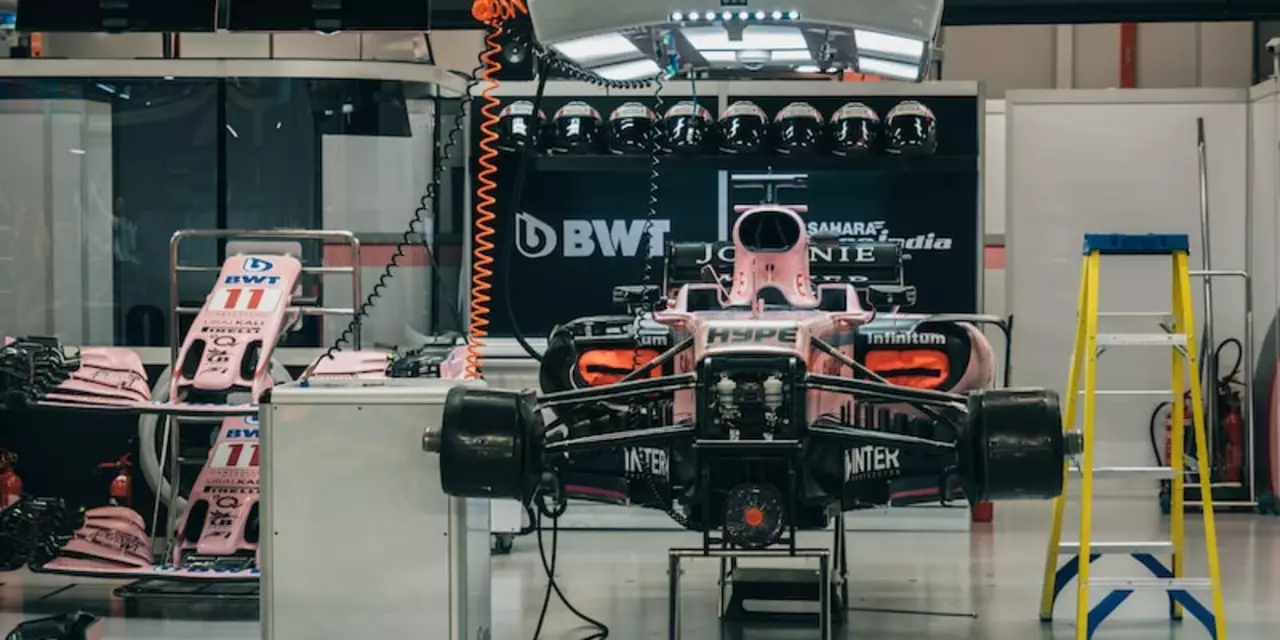Tech Talk: How Modern Gear Is Changing Motorsports
Ever wonder why some racers seem to have an edge even when budget’s tight? It’s not just raw talent – it’s the tech they use. From cheap data loggers that turn a go‑kart into a mini‑race‑car to fuel blends that squeeze extra power, today’s tools level the playing field. In this guide we’ll break down the coolest gadgets, the smartest fuel tricks, and the tech trends that could decide the next podium.
Gear That Won’t Break the Bank
Starting a racing career with empty pockets feels like trying to win an F1 race on a city bike, but clever tech makes it doable. Small devices like Bluetooth tyre pressure monitors give instant feedback, so you can tweak settings without a pit crew. DIY data‑logging apps let you record lap times on a smartphone – no expensive onboard computer needed. Pair those stats with free community forums, and you get a virtual coach that points out where you’re losing seconds.
Volunteering at track events is another hidden goldmine. Organisers often need extra hands for timing and telemetry, and that hands‑on exposure teaches you the language of modern motorsport rigs. You’ll learn how to read a lap‑time sheet, calibrate a sensor, and maybe even earn a mentorship from a seasoned engineer.
Fuel Choices: Power vs. Practicality
Racing fuel sounds like a secret potion, but the basics are simple. High‑octane blends give race‑tuned engines a better knock‑resistance, letting you push harder before the pistons misfire. However, using that fuel daily in a street‑legal car can wear out seals faster and raise emissions. If you’re testing a weekend sprint car, stick to a fuel with at least 100 RON and keep an eye on your engine’s temperature gauge.
Some drivers experiment with ethanol blends to cut costs and boost cooling. Ethanol mixes lower the combustion temperature, which can be a blessing for older engines that overheat. Just remember to adjust the fuel map – an unchecked switch can cause a lean condition and damage the motor.
Beyond the pump, tech is pushing alternatives like synthetic racing fuels that mimic premium octane without the price tag. These are still niche, but a few teams are already reporting comparable lap times with lower wear rates.
Why F1 Struggles in the US (And How Tech Could Fix It)
Formula One’s global appeal is undeniable, yet it’s still a niche sport in America. One big factor is the time‑zone gap – races often start at odd hours for US viewers, making live watching a hassle. Add the lack of home‑grown drivers, and the fan connection weakens.
Technology might bridge the gap. Streaming platforms now offer on‑demand replays with customizable commentary, letting fans catch up at their own pace. Interactive telemetry overlays let casual viewers see real‑time g‑forces, tyre wear, and fuel strategies – turning a blurry race into an engaging data‑driven experience.
Meanwhile, VR simulations let fans sit in an F1 cockpit from their living room, feeling the same down‑force and steering feedback as a pro. If networks pair these experiences with local fan events, the sport could become more relatable, sparking a new US fanbase.
In short, the tech that powers the cars can also power the audience. As data becomes more accessible, the barrier between elite racing and everyday fans shrinks, making motorsport a truly global pastime.
Whether you’re tweaking tyre pressure on a budget go‑kart, debating if you should fill up with racing fuel for a weekend sprint, or just curious about what makes F1 tick, the right technology can turn a hobby into a competitive edge. Keep your eyes on emerging tools, stay open to community advice, and let the data drive your next lap.
